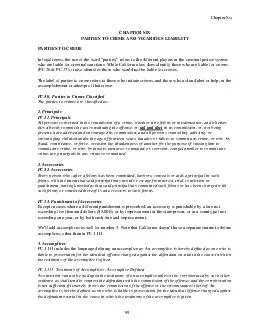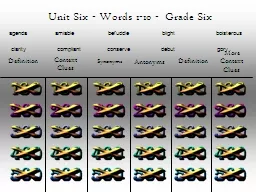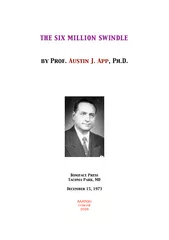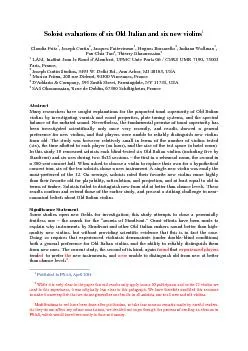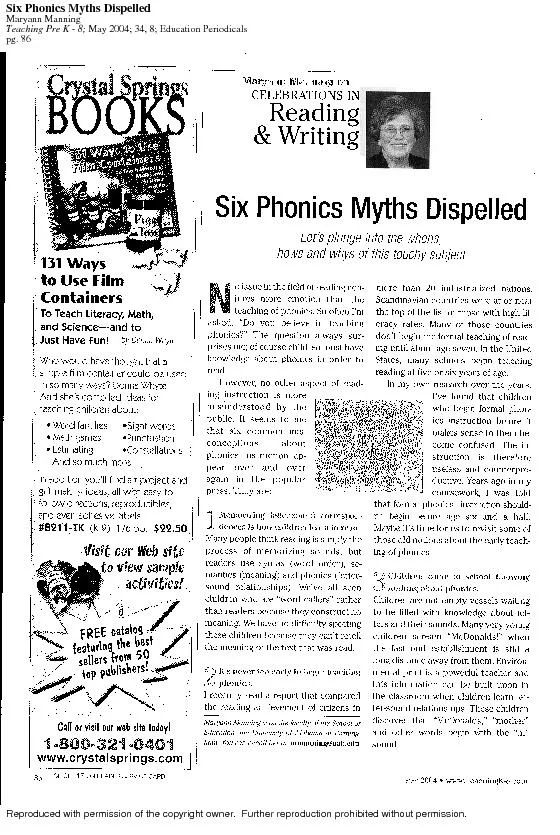PDF-The Six Ampersand Solution John R
Author : pamella-moone | Published Date : 2015-04-28
Gerlach IMS America Plymouth Meeting PA Abstract Assume you want to reinstate macro variables denoting criteria for an analysis that you performed months ago Using
Presentation Embed Code
Download Presentation
Download Presentation The PPT/PDF document "The Six Ampersand Solution John R" is the property of its rightful owner. Permission is granted to download and print the materials on this website for personal, non-commercial use only, and to display it on your personal computer provided you do not modify the materials and that you retain all copyright notices contained in the materials. By downloading content from our website, you accept the terms of this agreement.
The Six Ampersand Solution John R: Transcript
Download Rules Of Document
"The Six Ampersand Solution John R"The content belongs to its owner. You may download and print it for personal use, without modification, and keep all copyright notices. By downloading, you agree to these terms.
Related Documents




